A reliable locking mechanism is necessary for the safety and security of a home. A safe lock is a prime need for a homeowner to protect his or her family against violent and property crimes. To address concerns regarding the safety and security of people and property, it is crucial to understand the differences between the many types of locks that are commercially available, one of the most popular being the electronic keypad deadbolt. Deadbolts and deadlatches are the two types of locks most commonly observed in use. We shall discuss them below.
What Is A Deadbolt?
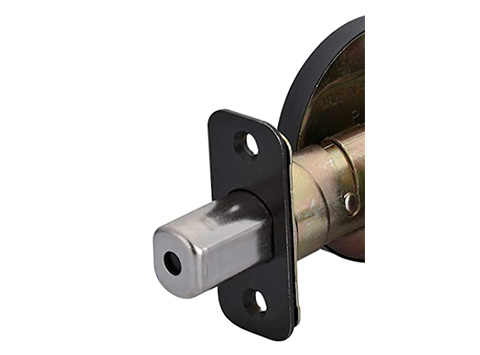
The term “deadbolt lock” refers to a lock that cannot be opened without the use of a key. In the majority of instances, deadbolts are applied to doors that already have doorknobs. It is not actuated by a spring and is often made of steel or brass, so it cannot be broken easily. Additionally, the absence of a spring increases its durability.
When no one is at home, the deadbolt gives extra protection to the door, thus making it a double-locked door. People usually utilize the knob set when they are on the premises and lock the deadbolt when they leave. In most instances, a round or oval plate is visible on both sides of the door containing the keyhole.
This lock must first be physically fastened by inserting the key before the door may be closed. Unlocking the door requires turning the bolt with a key from either the interior or exterior of the structure, once the lock has been locked.
This sort of lock will be left unlocked when inside the residence, since the key and knob set will serve as the primary locking mechanism. These additional security features make the deadbolt lock one of the most trustworthy and widely used locks.
What Is A Deadlatch?
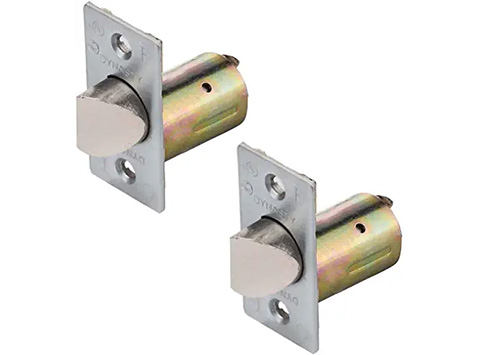
A deadlatch is a mechanism that automatically locks the door when it is closed. This one-point locking mechanism’s retractable latch bolt and guard bolt allow it to function as a secure lock. The name of this mechanism relates to its one locking point. Because this type of mechanism is spring-loaded, it is exceedingly difficult to pry open the lock using a flat object such as a credit card or a knife.
In deadlatches, the smaller, cylinder-shaped bolt known as the guard bolt is present. It is situated adjacent to the bigger bolt that comprises the latch. The guard bolt is designed to travel concurrently with the latch bolt until the latch bolt extends through the strike plate. The guard bolt will move independently of the latch bolt beyond that point.
Therefore, it is difficult to “jimmy” or “shimmy” the latch bolt, as the guard bolt will stay depressed on the strike plate. Due to the positioning of the guard bolt, it is impossible to depress the latch bolt with a credit card or other thin, flat object.
Modern deadlatches have an anti-deadlock device. This means that when a door is opened, the system on the inside of the door will automatically unlock as well.
Deadbolt Vs Deadlatch
There is no functional difference between a deadbolt and a deadlatch when it comes to safeguarding a property’s residents and the items they store inside. Nonetheless, it is vital to highlight the fundamental differences between the two.
Working Principle Comparison
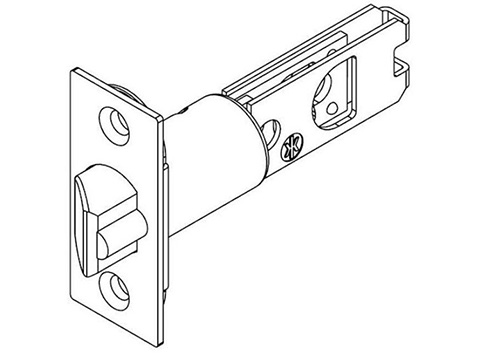
A standard deadbolt may be fastened with a key from either the inside or the outside of the door, however, a deadlatch cannot. A deadlatch eliminates the need for a key since the lock automatically engages when the door is closed. With a deadlatch, one may leave the house without worrying about whether or not the front door was locked.
Spring-loaded latches are the most common type of mechanism used inside a typical lockset. Spring-loaded latches are the most frequent kind of device used to secure doors. Latch-based locking mechanisms are fairly prevalent, and spring-loaded latches are the most common type of device used to secure doors.
Deadlocks are characterized by a keyhole that is visible from the exterior of the door. The remaining piece of the lock is positioned on the inner side of the door, on the opposite side of the door, and the door serves as the connection between these two parts of the lock. On the side of the door facing the interior space, a knob will be connected to the deadlock.
On deadlatches, the guard bolt is a smaller, cylindrical bolt that is positioned right next to the latch bolt. This bolt is known as the guard bolt of the deadlatch. Up until the latch bolt extends into the strike plate, the guard bolt should move in unison with the latch bolt when the door shuts and opens.
Since the guard bolt remains in its original depressed position against the striking plate, it is difficult to “jimmy” or “shimmy” the latch bolt. Due to the positioning of the guard bolt, it is impossible to depress the latch bolt using a credit card or other thin, flat object.
Types Of Deadbolt Locks
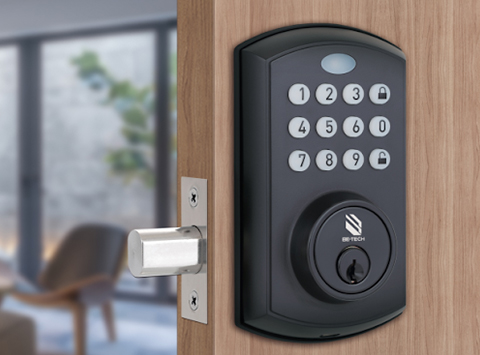
It is imperative to know the different types of deadbolt locks. A few of them are listed below –
- Rim Deadbolt: A rim deadbolt lock is often an automatic lock that is installed on the door’s inside and will typically lock itself when the door is closed. Due to the ease with which this lock may be unlocked, it is not considered to be the most trustworthy or durable alternative.
- Single Cylinder Deadbolt: Single Cylinder Deadbolt: there is a slot for a key on one side, while the other side features a knob or turning mechanism of some sort. When you turn that, it turns much like a key would. This lock can be locked and opened from the interior with a turning mechanism, and from the exterior with a key mechanism.
- Double Cylinder Deadbolt: Single-cylinder deadbolt only need to use key one one side, while double-cylinder deadbolt has locking mechanism on both. You need to turn the lock both on the inside of the door and the outside. This kind of deadbolt lock and unlock the door from both the inside and outside in order to offer an extra higher degree of security.
- Vertical Deadbolt: A vertical deadbolt, which is very similar to the lock mentioned above, also locks itself upon door closure. Alternatively, because it cannot be opened using brute force, it provides a higher level of security.
- Keyless Deadbolt: This type of deadbolt lock is differentiated by its usage of a keypad rather than a typical keyhole. Because a number passcode must be input using the numeric keypad, this option is easier and more secure. Keyless deadbolts can be modified to make innovative substitutes such as a fingerprint lock door handle as well as electronic door locks china.
Types Of Deadlatch Lock
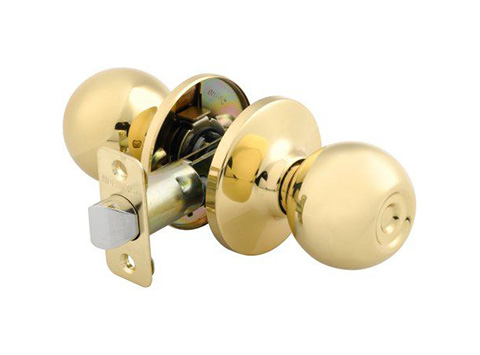
- Bored Deadlatch – A bored deadlatch is a type of lock that is controlled by a thumb turn and a key and has circular bored apertures on the door.
- Mortice Deadlatch – This type of deadbolt is positioned at the door’s edge and has a rectangular lock cavity.
Benefits Of Deadbolt Locks
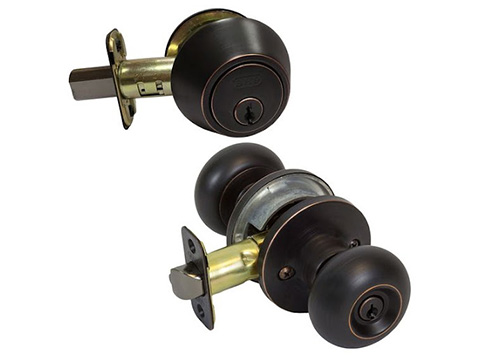
- Improved Security: In contrast to spring-loaded locks, deadbolts often provide greater degrees of security. Additionally, their distinctive shape allows the bolt to reach deeper into the door frame.
- Convenience: Since they do just not lock automatically, deadbolts reduce the likelihood that the owner may accidentally lock themselves out in a hurry.
- Reduced insurance premiums: Doors with deadbolt locks increase house security, resulting in cheaper insurance costs. The installation of deadbolts may result in a decrease in the homeowner’s insurance premiums.
Benefits of Deadlatch Locks
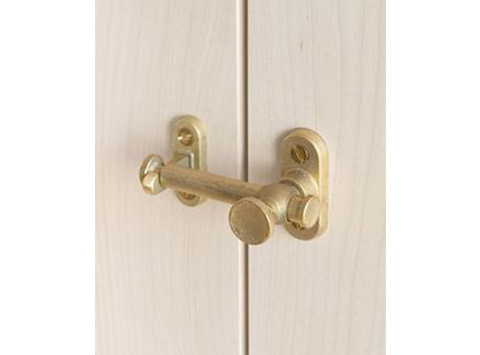
- Diverse industries frequently employ latches to lock doors, tool boxes, cabinets, and other objects that require security protection.
- Windows and doors in architecture
- Automobiles employ special-purpose latches for the doors, hood/bonnet, trunk/boot door, seat belts, etc.
- A hook latch can be used as a security feature for lifting hooks to prevent wire rope slings in the military and armament, such as folding or retractable bladed weapons and knives.
- Truck containers, refrigerators, and swimming pool gates.
Security
When it comes to the protection of a person’s property, it is necessary to discuss the major factors with a smart lock factory that specializes in manufacturing the finest quality locks such as an electric deadbolt lock.
The deadbolt offers an additional layer of protection to the door, making it practically double-locked while no one is home. People often utilize the knob set when they are present on the property and the deadbolt when they leave. Typically, a round or oval plate is visible on both sides of a door’s keyhole.
Commonly used on external entryways such as the front door, deadlocks are distinguished by a single keyhole on the door’s outside. By entering the correct key and rotating it, the door may be unlocked and entered.
These specialized locks are also renowned for their durability and dependability, and as a result, they have become a standard method of securing houses and businesses. An electronic deadbolt lock surpasses every other lock in terms of security.
A deadlatch automatically locks upon closure. Only the key is required to open the deadlatch. Newer kinds of deadlocks simply demand the usage of a key on the door outside. No key is required to unlock and open the door using the latch from the inside. However, this is also the most frequent reason why individuals lock themselves out of their homes.
In Case Of Emergency
Locking and unlocking a deadbolt lock requires the use of a key. Although a safe method of securing any property since they cannot be readily picked, this form of lock may be risky in emergency situations such as a fire or a break-in because the person may not be able to leave the house without a key.
A deadlatch enables the door to lock without the need for a key when the door is closed. This is impressive since people can leave their homes by turning the inside knob to unlock the door, followed by closing and locking the door with the latch. On the other side, it is believed that deadlatch locks are easier to pick than deadbolts.
Deadlatch Vs Springlatch
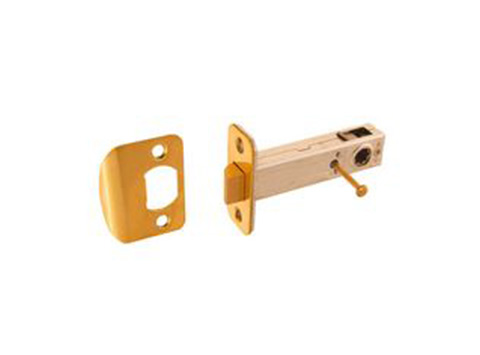
A spring latch, also known as a latch bolt, deploys a spring-loaded metal component that makes contact with a striking plate when a door is opened and closed. After turning the handle in the other direction, the bolt will detach from the striking plate.
Consider a pinball machine when thinking of a spring latch; one needs to pull the plunger in order to play, which causes the springs’ pressure to propel the ball into the air. Instead, rotating the handle in the other direction will release the latch by depressing the springs.
A deadlatch is a sort of locking device that locks a door or window without the need for a knob or key. A metal striking plate that is affixed to the door frame holds it in place. The deadlatch, which utilizes a bolt to prevent the door from being opened, will boost the level of security for the front door.
In contrast, deadlatches are not spring-loaded. They are heavier and thicker than spring locks, and their ends are neither rounded nor angled.
Nightlatch vs Deadlatch
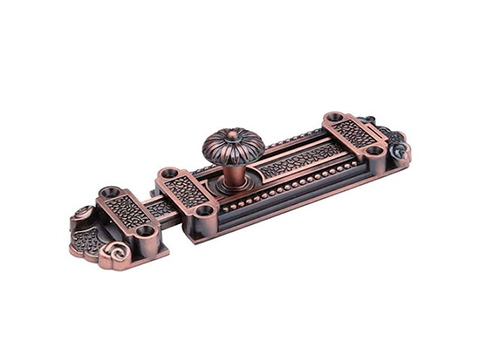
It is necessary to know the key differences between a night latch and a deadlatch. They’re listed below-
The night latch is one of the latches that resembles a door lock the most. This style of the latch is installed on the exterior of the door and frame. In terms of appearance, night latches mirror the rim latches we previously discussed.
Typically, this type of door latch is used in combination with another latch or locking device. However, night latches are an excellent additional layer of security that can be put to doors. All nightlatches have a triangular bolt that retracts into a holder mounted on the door frame when the door is closed. This ensures that the door cannot be opened by simply swinging open.
The Key Difference Between Nightlatch And Deadlatch
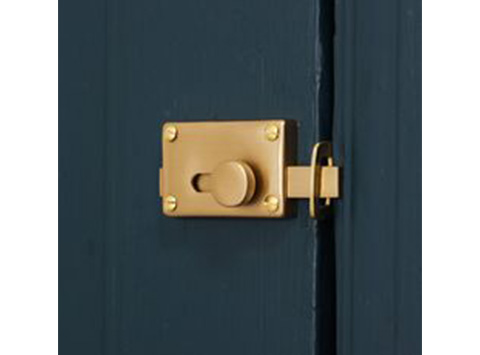
The distinction between a night latch and a deadlatch resides in the inherent security weakness of standard night latches. A standard night latches bolt is not sturdy when the door shuts. If someone were able to insert a card or other item between the door frame and lock, they might conceivably drive the bolt back into the night latch and unlock the door.
When a door is secured with a deadlatch, it becomes less susceptible to attack. Under the bolt of deadlatches (also known as “dead latching night latches”) is an extra snib that fixes this security vulnerability. When the door opens, the snib is free and thus the bolt may be slid back into the latch, like with standard night latches.
When the door shuts, the snib is depressed, which activates a mechanism that locks the bolt above it, essentially deadbolting and locking the night latch so that it cannot be pushed open. This is why a combination of both is typically more secure than a single lock.
Which One Is Better For Home Security?
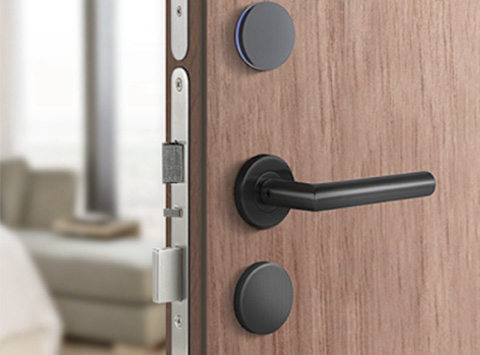
Locking systems such as deadbolts and deadlatches are highly reliable and safeguard a person’s property from intruders. The sole difference between the two is the way in which they may be opened and the purposes for which they can be used. The choice of lock relies on the desired level of security and the type of object being protected.
Due to the fact that the door cannot be forced open from the outside and cannot be opened with a key from the inside, deadbolts offer an unusually high level of security. Deadlatch locks are still necessary for preserving the security of doors and windows, but it is crucial to note that they do not prevent doors and windows from being forced open.
Since deadbolt locks provide a higher level of security than deadlatch locks, it is recommended that homeowners put deadbolt locks on their doors rather than deadlatch locks. Smart locks for apartments and home is also one of the best choices, homeowners should consider them.
Conclusion
The primary goal of both a deadbolt and a deadlatch is the same, which is to prevent intruders from entering a property. Deadbolts and deadlatches both have their own advantages and disadvantages, but when it comes to securing a house and family, they are both excellent options. Superior digital lock company Be-tech has combined deadbolt and deadlatch in the electronic door lock, which provides the highest safety for you.
Door locks are the first line of defense against theft and notorious criminals, and can never go out of style. Therefore, they can be the perfect inspiration for a new business. And if you’re looking for suppliers, we recommend reaching out to Be-tech.
Blogs you may be interested in:
- Types of card entry access system
- Types of locks and keys
- 101 Guide to different types of deadbolts
- Bluetooth door lock buyer’s guide
- Advice on sourcing biometric home lock
- What is the electronic lock
